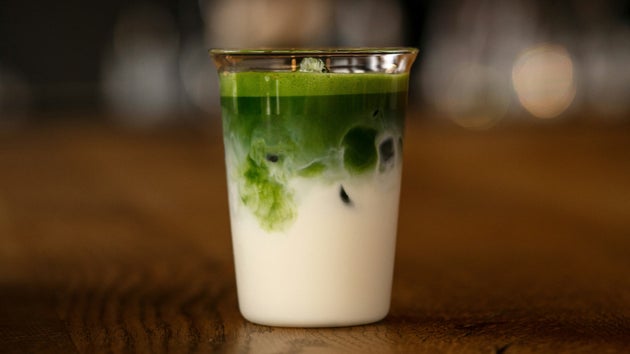
!function(n){if(!window.cnx){window.cnx={},window.cnx.cmd=[];var t=n.createElement('iframe');t.display='none',t.onload=function(){var n=t.contentWindow.document,c=n.createElement('script');c.src='//cd.connatix.com/connatix.player.js',c.setAttribute('async','1'),c.setAttribute('type','text/javascript'),n.body.appendChild(c)},n.head.appendChild(t)}}(document);(new Image()).src = 'https://capi.connatix.com/tr/si?token=8b034f64-513c-4987-b16f-42d6008f7feb';cnx.cmd.push(function(){cnx({"playerId":"8b034f64-513c-4987-b16f-42d6008f7feb","mediaId":"54629700-d187-45f5-a04d-5501459f2880"}).render("68fa0587e4b0f9da0b2d07d7");});Mataha is having a bit of a moment – especially in the age group the BBC has dubbed “the matcha generation” (Gen Z). The TikTok-viral drink, which is packed with antioxidants, is touted as both a luxurious treat and a health booster: it offers potentially anti-inflammatory ingredients, tastes great with strawberry, and looks grid-worthy in a see-through cup. But, a video by
Full Story